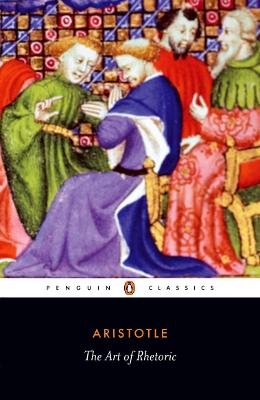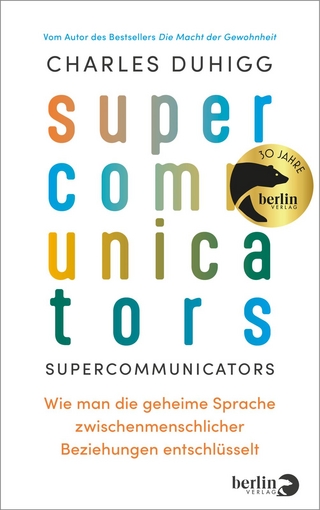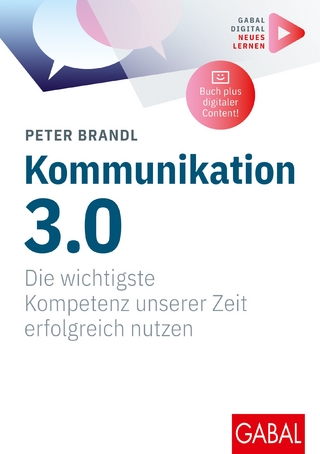
The Art of Rhetoric
Penguin Classics (Verlag)
978-0-14-044510-7 (ISBN)
With the emergence of democracy in the city-state of Athens in the years around 460 BC, public speaking became an essential skill for politicians in the Assemblies and Councils - and even for ordinary citizens in the courts of law. In response, the technique of rhetoric rapidly developed, bringing virtuoso performances and a host of practical manuals for the layman. While many of these were little more than collections of debaters' tricks, the Art of Rhetoric held a far deeper purpose. Here Aristotle (384-322 BC) establishes the methods of informal reasoning, provides the first aesthetic evaluation of prose style and offers detailed observations on character and the emotions. Hugely influential upon later Western culture, the Art of Rhetoric is a fascinating consideration of the force of persuasion and sophistry, and a compelling guide to the principles behind oratorical skill.
Aristotle was born in 384BC. For twenty years he studied at Athens at the Academy of Plato, on whose death in 347 he left, and some time later became tutor to Alexander the Great. On Alexander's succession to the throne of Macedonia in 336, Aristotle returned to Athens and established his school and research institute, the Lyceum. After Alexander's death he was driven out of Athens and feld to Chalcis in Euboea where he died in 322. His writings profoundly affected the whole course of ancient and medieval philosophy. HUGH LAWSON-TANCRED was born in 1955 and educated at Eton and Balliol College, Oxford. He is a Departmental Fellow in the Department of Philosophy at Birkbeck College in the University of London. He has published extensively on Aristotle and Plato and is currently engaged in research in computational linguistics. He translates widely from the Slavonic and Scandinavian languages. He is married with a daughter and two sons and lives in North London and Somerset.
The Art of Rhetoric - Aristotle Translated with an Introduction and Notes by Hugh Lawson-TancredPreface
Introduction:
1. The Importance of Ancient Rhetoric
2. The Historical Background to the Rhetoric
3. Rhetoric as Techne
4. Psychology in the Rhetoric
5. Style and Composition
6. The Rhetorical Legacy of Aristotle
7. The Translation
THE ART OF RHETORICSection One: Introductory
Chapter 1.1. The Nature of Rhetoric
PART ONE: DEMONSTRATIONSection Two: The Genres of Oratory
Chapter 1.2. The Definition of Rhetoric
Chapter 1.3. The Genres
Section Three: Deliberation
Chapter 1.4. The Province of Deliberation
Chapter 1.5. Happiness
Chapter 1.6. The Good and the Expedient
Chapter 1.7. Relative Expediency
Chapter 1.8. Constitutions
Section Four: Display
Chapter 1.9. Display Oratory
Section Five: Litigation
Chapter 1.10. Injustice
Chapter 1.11. Pleasure
Chapter 1.12. The Criminal Mind
Chapter 1.13. Crime and Punishment
Chapter 1.14. Relatively Serious Crimes
Chapter 1.15. Non-technical Proofs
PART TWO: EMOTION AND CHARACTERSection Six: Emotion
Chapter 2.1. The Role of Emotion and Character
Chapter 2.2. Anger
Chapter 2.3. Calm
Chapter 2.4. Friendship and Enmity
Chapter 2.5. Fear and Confidence
Chapter 2.6. Shame
Chapter 2.7. Favour
Chapter 2.8. Pity
Chapter 2.9. Indignation
Chapter 2.10. Envy
Chapter 2.11. Jealousy
Section Seven: Character
Chapter 2.12. Youth
Chapter 2.13. Old Age
Chapter 2.14. Prime
Chapter 2.15. Birth
Chapter 2.16. Wealth
Chapter 2.17. Power
PART THREE: UNIVERSAL ASPECTSSection Eight: Common Topics
Chapter 2.18. The Role of Common Topics
Chapter 2.19. The Topics of Possibility
Chapter 2.20. Example
Chapter 2.21. Maxim
Chapter 2.22. Enthymeme
Chapter 2.23. Demonstrative Common Topics
Chapter 2.24. Illusory Topics
Chapter 2.25. Refutation
Chapter 2.26. Amplification
Section Nine: Style
Chapter 3.1. Historical Preliminary
Chapter 3.2. Clarity
Chapter 3.3. Frigidity
Chapter 3.4. Simile
Chapter 3.5. Purity
Chapter 3.6. Amplitude
Chapter 3.7. Propriety
Chapter 3.8. Rhythm
Chapter 3.9. Syntax
Chapter 3.10. Wit and Metaphor
Chapter 3.11. Vividness
Chapter 3.12. Suitability to Genre
Section Ten: Composition
Chapter 3.13. Narration and Proof
Chapter 3.14. The Introduction
Chapter 3.15. Prejudice
Chapter 3.16. Narration
Chapter 3.17. Proof and Refutation
Chapter 3.18. Altercation
Chapter 3.19. The Epilogue
Notes
Bibliography
| Erscheint lt. Verlag | 3.3.1992 |
|---|---|
| Verlagsort | London |
| Sprache | englisch |
| Maße | 129 x 198 mm |
| Gewicht | 226 g |
| Themenwelt | Sachbuch/Ratgeber ► Beruf / Finanzen / Recht / Wirtschaft ► Briefe / Präsentation / Rhetorik |
| Geisteswissenschaften ► Philosophie ► Philosophie Altertum / Antike | |
| Geisteswissenschaften ► Sprach- / Literaturwissenschaft ► Sprachwissenschaft | |
| ISBN-10 | 0-14-044510-2 / 0140445102 |
| ISBN-13 | 978-0-14-044510-7 / 9780140445107 |
| Zustand | Neuware |
| Haben Sie eine Frage zum Produkt? |
aus dem Bereich


